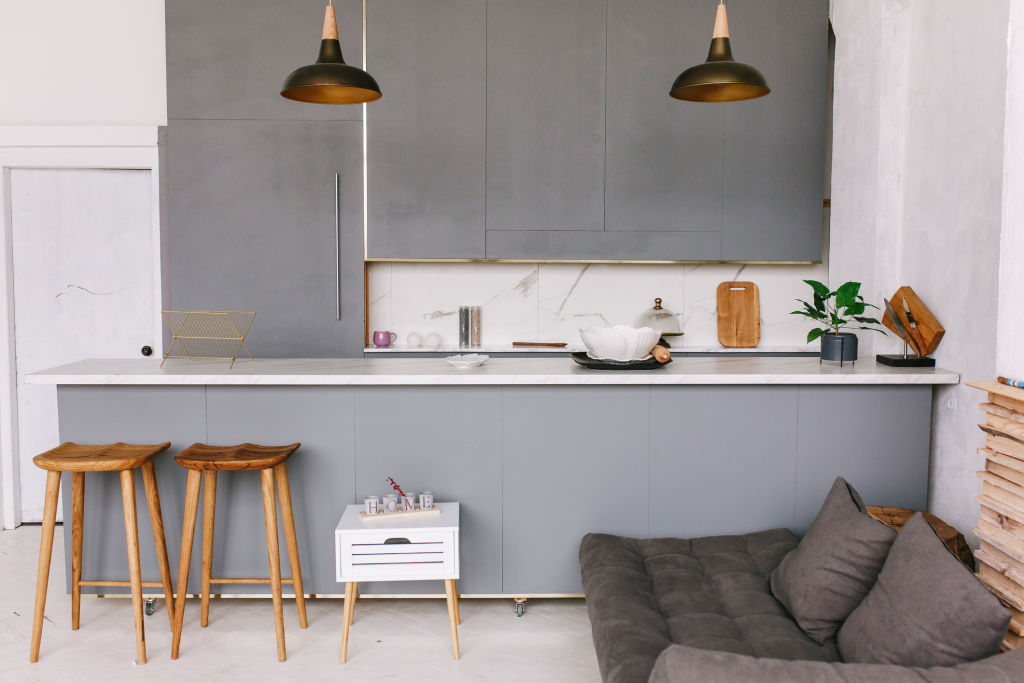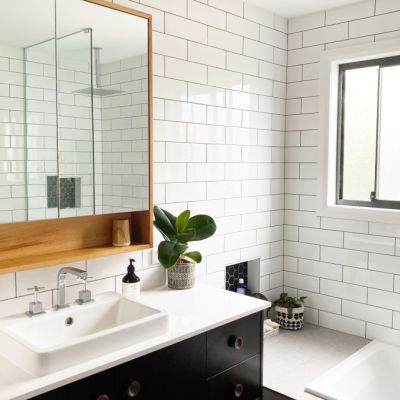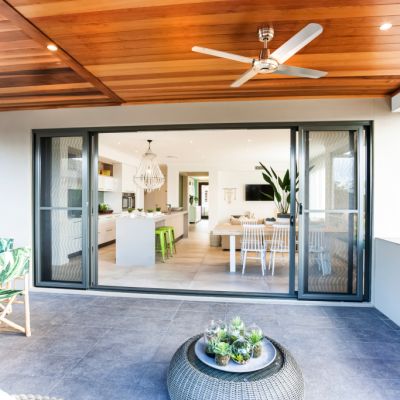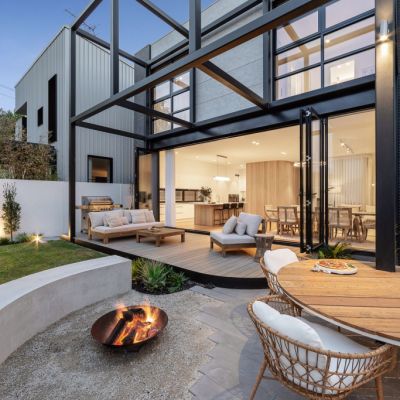What to consider before buying a house to renovate
A property described as a “fixer-upper” may present as a quick and inexpensive way to create a beautiful modern home with a little bit of TLC, but usually involves more than that.
“The term fixer-upper can mean different things for different people,” says property expert, Angela Carrick, founder of Air Design Australia.
“For an apartment, it can mean anything from as little as an internal kitchen and bathroom renovation to a full internal fit-out.”
“For a house, it could mean re-stumping, tuck-pointing, or external finishes, through to an extension required to give you an internal bathroom.”
Before you decide to dive in and tackle the fixer-upper, it’s important to think about why you’re buying the property, says interior designer, Emily MacAlpine.
“With so many beautiful, older houses and apartments available to us, it’s no surprise renovating is becoming increasingly popular,” says Ms MacAlpine.
“Now more than ever we are valuing how we live our day to day lives within our spaces and our homes need to reflect that.
“Gone are the days where homes were purely places to sleep and eat and living spaces were placed in the darkest corner of the house.”
But while TV shows and social media are making renovation and interior design more and more accessible, Ms MacAlpine says they can also lull us into a false sense of security.
“Just so you know, bathrooms don’t get finished in a few days without some serious planning and trade power behind you.”
- Read more: The ultimate guide to renovating your home
Planning a renovation project
Before undertaking a renovation project there many things to consider, the first being the purpose of the purchase.
“If this is your dream home you can probably afford to splash some ‘emotional cash’ on the property, but if you have a view of updating and selling down the track, consider how much you think you will be able to sell for after a renovation has been completed,” says Ms MacAlpine.
This will also affect the types of finishes and fixtures you use in your renovation.
“For example in a forever home, it is not uncommon to see marble tiles and more expensive joinery like timber veneer, while a property being renovated for rental will use more cost effective and easily maintained materials like engineered stones and laminates.”
Timing is also important.
“Have you considered how long the renovation will take you and do you have a plan for where you will live so you don’t end up with hidden living costs?
“Also consider if you have the emotional space to undertake a fixe- upper project as there will be times where it feels overwhelming.”
There are numerous other factors to consider before jumping in the deep end, and these can differ between houses and units.
What to do before buying a house to renovate
Buyers should estimate how much they’ll need to spend to renovate, and the likely value of the property after the work has been completed, says property developer Ian Ugarte.
A good rule of thumb is to crunch the numbers before going ahead.
Ugarte says investing no more than 9 per cent of the property’s value into a cosmetic renovation could yield a return of 35 per cent, while spending about 30 per cent of the value on structural improvements could lift the home’s sale price by more than 80 per cent.
When it comes to the oft-heard advice to buy the worst house on the best street, Ugarte urges buyers to tread carefully.
“If you’re anticipating renovating this house, it’s likely that you will encounter major issues like asbestos, wood rot, electrical wiring issues, termite damage – all faults within the house that are hidden within the walls that you can’t see.”
It’s also crucial to obtain a building and pest inspection prior to purchase, and ensure the inspector interprets the report for you.

With older homes, you’ll need to look at the position and condition services, such as electrical and plumbing.
“Moving service-heavy rooms like bathrooms and kitchens may not be as easy as you think, especially with solid, masonry walls that may need extensive work to achieve the level of electrical points we need in our contemporary homes,” Ugarte said.
Then there’s heritage. If your intended purchase is in a heritage conservation area you’ll have guidelines to follow within your council area, so contact your local council to see what may apply.
Another consideration is the aspect of the home, says MacAlpine
“Many older homes were built at a time where the connection between interior and exterior wasn’t really valued so you will find many period homes with dark spaces.”
“Look for opportunities to have your living spaces facing north or north-east to make the most of direct natural light while protecting yourself from the hotter western sun.
What to do before buying an apartment to renovate
It’s always a good idea to look closely at the body corporate fees attached to an apartment before making a purchase, in particular the sinking fund, says Ugarte.
“It’s also important to look at the plans and layout of the unit, since it’s far more difficult to move things around.”
Buying an apartment means you are buying a space that is attached to at least one other property, and that may affect what changes are possible.
“Consider the apartments ownership structure and what will be allowed within its framework,” says Ms MacAlpine.
“For example, on properties above ground level you could be required to use flooring that meets a certain acoustic rating for your neighbours below.”
Access to services is especially crucial in an apartment renovation.
“You will often find that your ceiling contains the plumbing for the apartment above and in turn your plumbing in the floor becomes the ceiling of the neighbour below. Therefore, changes to this may not be as straight forward as in a freestanding house,” MacAlpine said.
The same applies to general access – you’ll need to ensure there is enough room for tradies to remove waste and bring in new materials. Check for tight corners around stairs, and the front door.

For any project, understanding limitations and enlisting expert assistance will improve chances of success, says MacAlpine.
“The charm that can be achieved from doing these kinds of renovations once and doing them well is well worth the time and effort that goes into them.”
Read Domain’s ultimate renovating guide before getting started on your renovation project.
States
Capital Cities
Capital Cities - Rentals
Popular Areas
Allhomes
More










